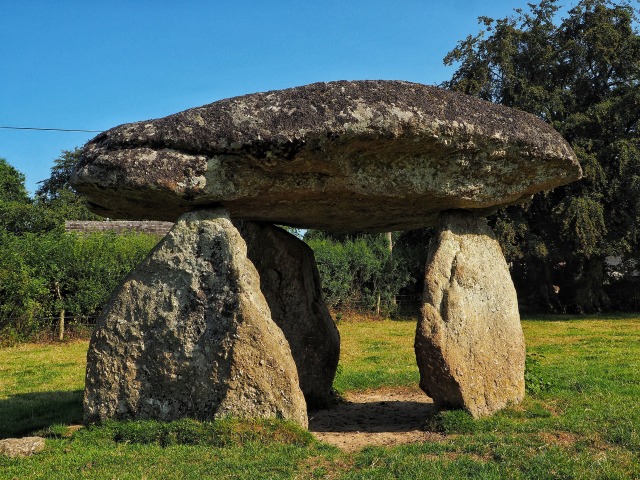
However the process also works well with the dynamics reversed: literature can and does inspire folklore. 9įolk tradition can have many sources and can serve as an inspiration for literature. But the author’s usual literary practice was to adapt and reframe a story, which may or may not have had an original Irish source. His source may have been a translation of an old Ossianic tale made by Eugene O’Curry. Ferguson obliquely referred to a “tradition” connected to the Howth portal tomb. We’ve discovered no evidence of a folk tradition joining the Howth Dolmen to a Fenian legend of Aideen and Oscar prior to the publication of The Cromlech on Howth. 8 Ferguson also recruited his colleague at the Royal Irish Academy, the prominent antiquarian George Petrie, to edit the book’s concluding essay on Celtic ornamental art. Ferguson wrote the poem “Aideen’s Grave” in 1858, but was unsuccessful in his attempts to publish it until he recruited his neighbor, Miss Stokes, to create the illuminated text and the “drawings from nature.” But as this was Stokes’ first published work, she was acknowledged on the first title page only by her initials. This came about because of his friendship with the illustrator Margaret Stokes, whose family, like his own, had a home on Howth. The Cromlech on Howth, by Margaret Stokes, 1861. 5 Ferguson’s poem makes reference to the rath at the battleground where Oscar was said to be entombed: It was this battle that spelled the end of the army of the Fianna. The legends tell us that Oscar was treacherously slain by King Cairbre in 284 CE, after ferocious fighting at the Battle of Gavra, near the Hill of Tara in Co. Oscar’s wife was the daughter of Angus who lived at Ben Edair (the Hill of Howth). He was known as the bravest of all the Fianna he killed three kings in his first foray into battle.

Ossian had a son, Oscar, who inherited the entire splendid battle prowess exhibited by his father and grandfather. 4 But today’s tourists will encounter it just beyond the entrance to the “Rhododendron Walk” near the putting green of the Deer Park Hotel’s golf course.įionn MacCumhaill began the legendary lineage of Iron Age warriors, and his son Ossian was the poet and chronicler of these Fianna. 3įerguson and other visitors of his day would have found the monument in the “dark and beautiful woods” of Howth Castle’s classical seventeenth century landscape (see illustration below, left). When it first attracted the attention of nineteenth-century antiquarians, they argued about whether or not the Cromlech on Howth was actually assembled in that fashion, as a so-called “earth-fast” dolmen. The weight of this massive block long ago splayed out its uprights and broke its supporting stone the capstone collapsed at its rear, embedding itself in the ground.


The tomb’s estimated 68-tonne (75-ton) capstone is the second heaviest in the country, after the Brownshill Dolmen in Co.


 0 kommentar(er)
0 kommentar(er)
